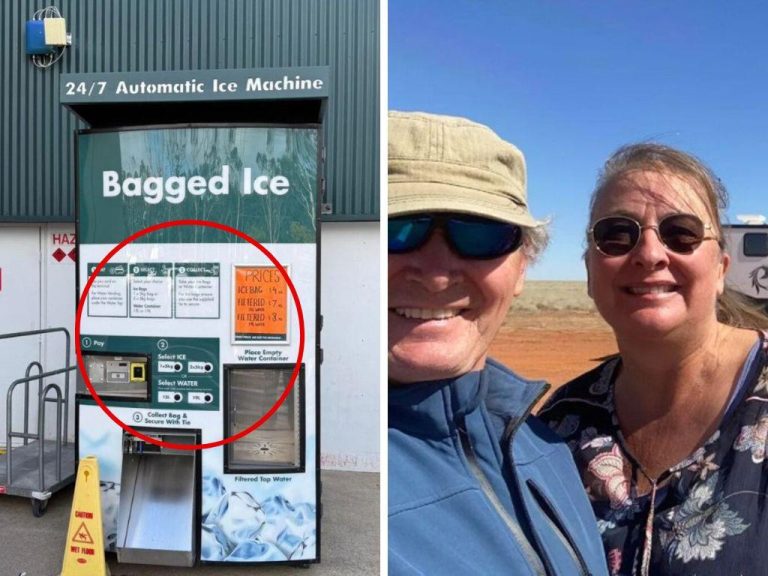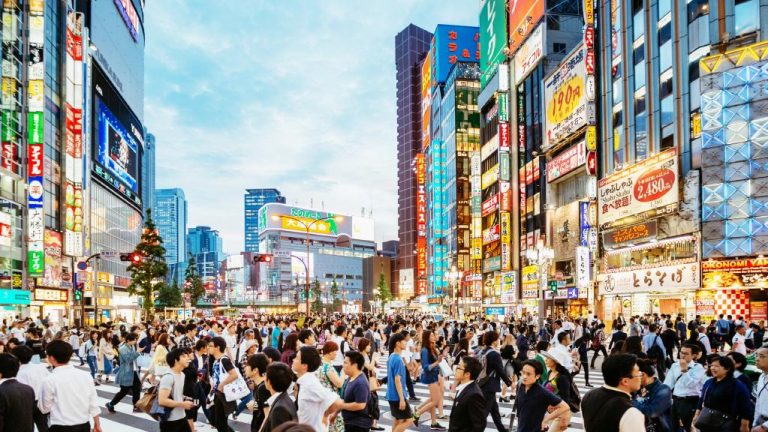Investors target living sectors as ageing population drives demand

Institutional investors are increasingly turning their attention to Australia’s residential living sectors, with seniors housing and aged care emerging as a key opportunity.
Australia’s population is getting older. Around 4.7 million Australians were aged 65 and over in 2024, a figure predicted to grow by 2.2 million by 2040, according to the Australian Bureau of Statistics.
By this time, 25% Australians will be 65 and over, compared to 17% in 2024. As this cohort grows, so too does the need for specialised housing and care options.
Currently, around 11% of Australians aged 65 and over live in retirement homes or aged care facilities, according to research on seniors living conducted by CBRE. And while home care services are helping many seniors remain in their own homes longer, the gap between supply and demand for purpose-built accommodation is widening.
According to CBRE, the stock of new seniors living accommodation is growing by 1-1.7% each year, while the number of 65-plus year olds is growing by 2.4%. This represents a significant opportunity.
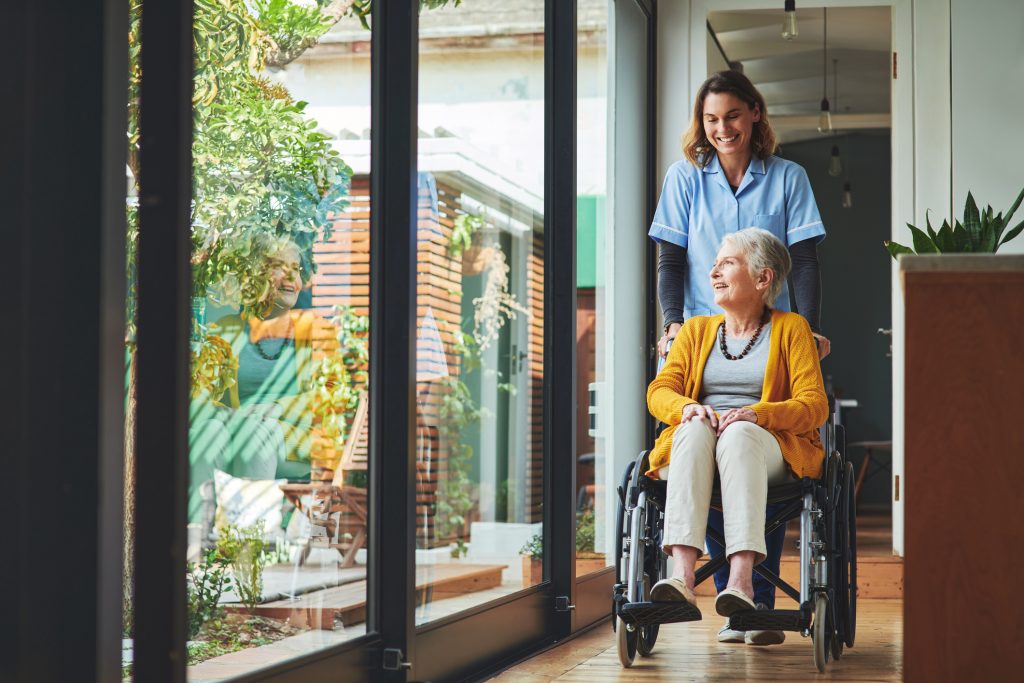
About 11% of Australians aged 65 and over live in retirement homes or aged care facilities. Picture: Getty
Seniors housing and aged care currently account for around 430,000 places nationwide, roughly four times the size of Australia’s student accommodation market, and ten times that of the build-to-rent sector, according to CBRE.
Despite the scale of the sector, seniors living remains highly fragmented, with institutional ownership still relatively low, and there are clear opportunities for consolidation.
Australia’s residential living sectors are rapidly moving to the forefront of institutional investment strategies, with retirement living and aged care seeing an upswing in transactions.
This was recently underscored by Brookfield’s sale of Aveo, a leading provider of retirement living and aged care services, to Scape, Australia’s largest operator of purpose-built student accommodation.
At $3.85 billion, it is the largest direct real estate transaction in Australia’s history and a clear sign of confidence in the sector.
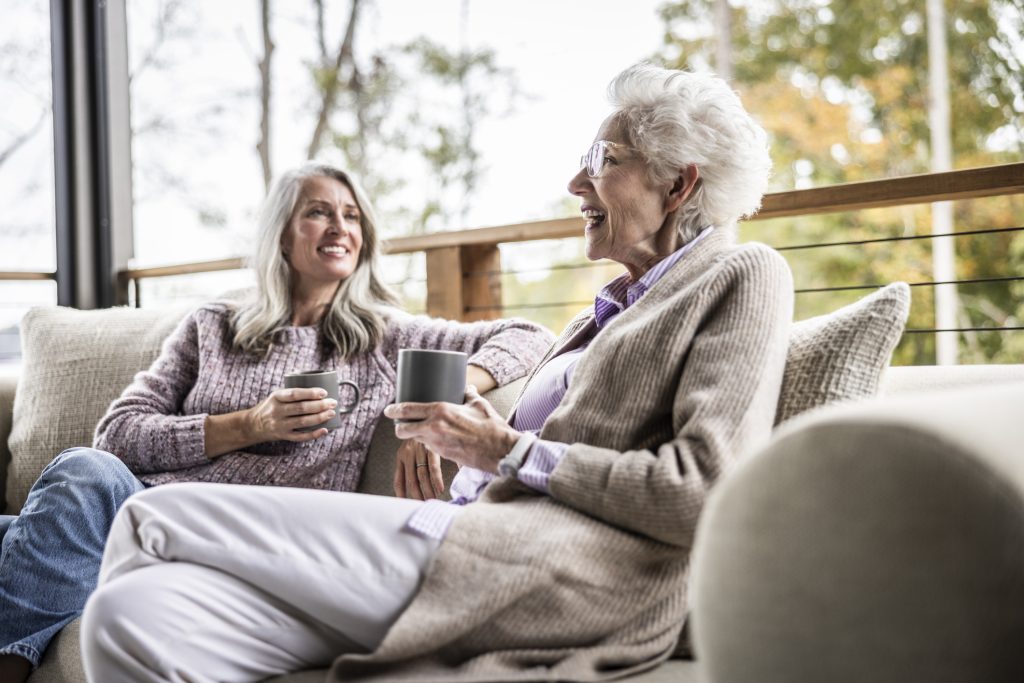
The number of 65-plus year olds is growing by 2.4% each year, while the stock of new seniors living accommodation is growing by 1-1.7%. Picture: Getty
For Scape, it is also an opportunity for diversification. Demand for purpose-built student accommodation is closely tied to the number of international students studying in Australia at any point in time.
But while the number of international students currently studying in Australia is at close to record highs, the number of visas granted has fallen and commencements are slowing.
In contrast, the number of older Australians is all but guaranteed to rise over the coming years, ensuring a growing need for living options for seniors.
The sector itself is also evolving. Historically, retirement living primarily composed of low-rise communities, often located on urban fringes.
Today, around 70% of new communities under construction incorporate vertical living elements, with more projects located in inner-city suburbs and well-established neighbourhoods.
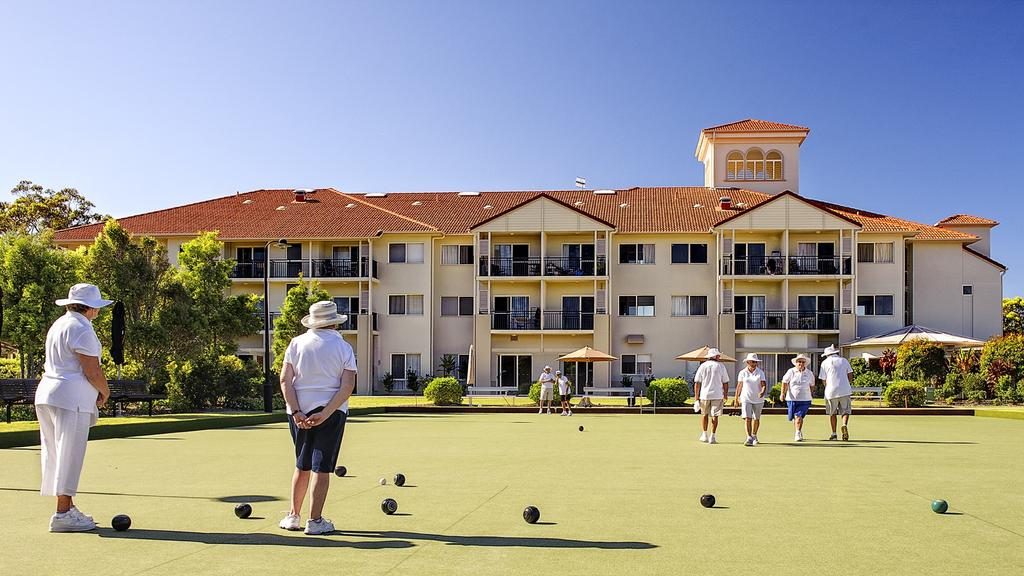
Aveo is a leading provider of retirement living and aged care services. Picture: Supplied
This shift not only improves access to healthcare, transport, and retail amenity, but also aligns with the evolving needs of a new generation of retirees.
Despite the clear need for more seniors communities and aged care facilities, new supply remains challenged as construction costs, labour shortages, and planning hurdles impact developers.
For investors, this supply-demand mismatch underpins a strong long-term occupancy and rent growth potential.

